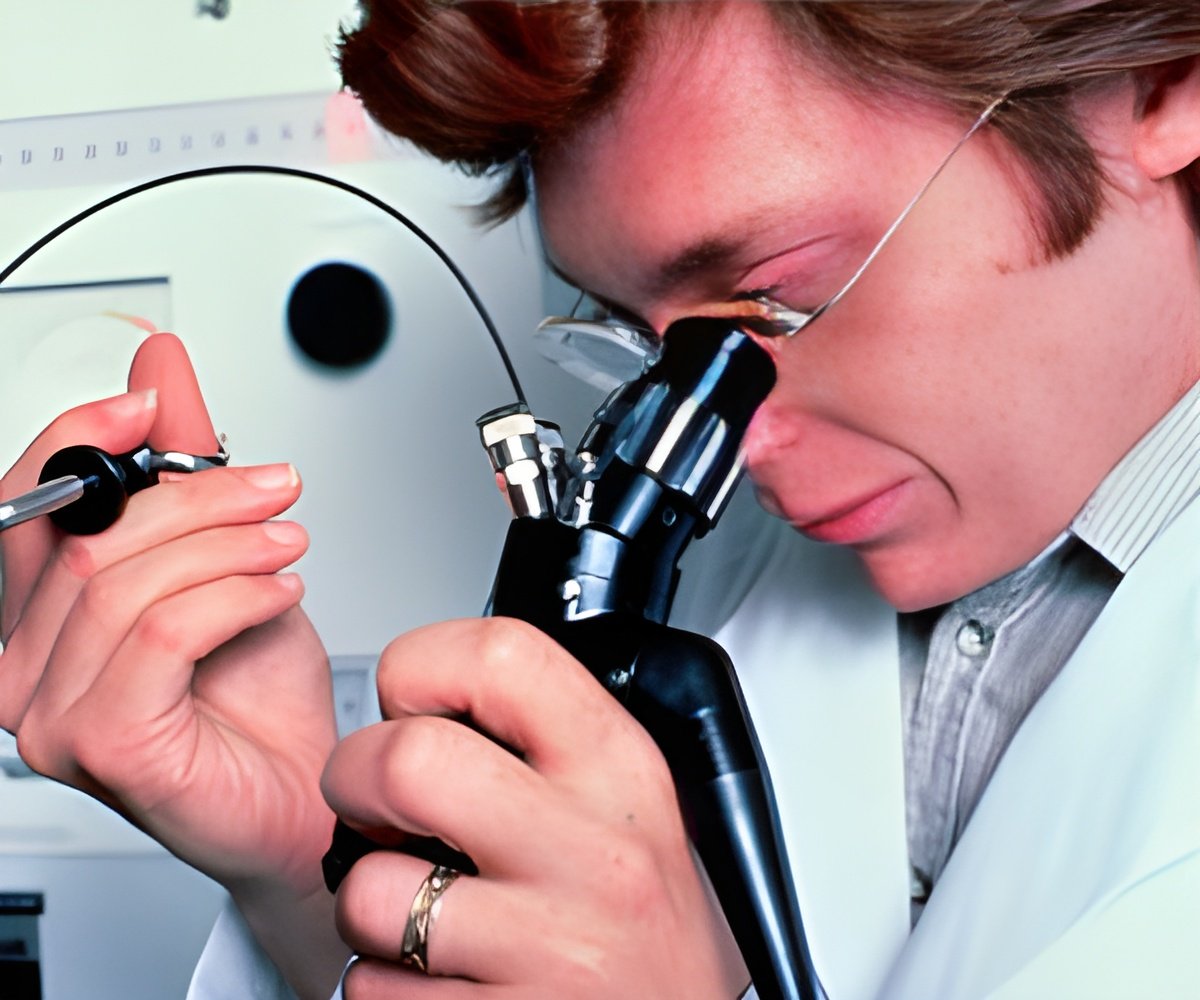
‘The new technique helps detect the physiology and chemical composition of human tissues and can identify a range of biological processes. This can be used for the rapid detection of early cancerous changes within the GI tract.’
Tweet it Now
Dr Sarah Bohndiek, from the University of Cambridge, UK, who is leading on the development, explains the new technique. "In traditional endoscopy, we use white light and detectors that replicate our eyes, which detect light in red, green and blue colour channels. We are now developing an approach called 'hyperspectral imaging', which will increase the number of color channels that can be visualized from three to over 50.""Since cell changes associated with the development of cancer lead to color changes in the tissues, we believe that hyperspectral imaging could help us to improve the specificity of lesion identification because we can use these colors to identify abnormal tissues", added Dr Bohndiek.
Hyperspectral imaging (HSI) collects and processes information from across the electromagnetic spectrum. In contrast to the human eye, which sees color primarily in three bands (red, green and blue), spectral imaging divides the color spectrum into many more bands and can be extended beyond the visible range of light.
The images obtained by HSI can provide information about the physiology and chemical composition of human tissues, and the technique is emerging as having great potential for non-invasive diagnosis and image-guided surgery.
"Hyperspectral imaging is a powerful tool that can reveal the chemical composition of human tissues and together with different fluorescent dyes, can identify a range of biological processes," said Dr Bohndiek. "The technique has many potential applications within cancer diagnostics, with exciting developments already reported in the detection of Barrett's esophagus, which is a precancerous condition in some people."
Advertisement
Dr Bohndiek and colleagues from Cambridge University have developed a small, low-cost and robust fluorescence HSI system that has already been used to image a range of dyes in realistic tissue backgrounds.
Advertisement
Source-Medindia













